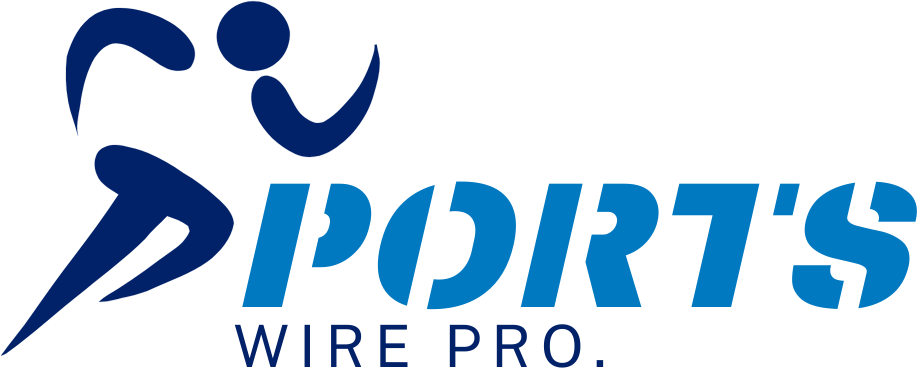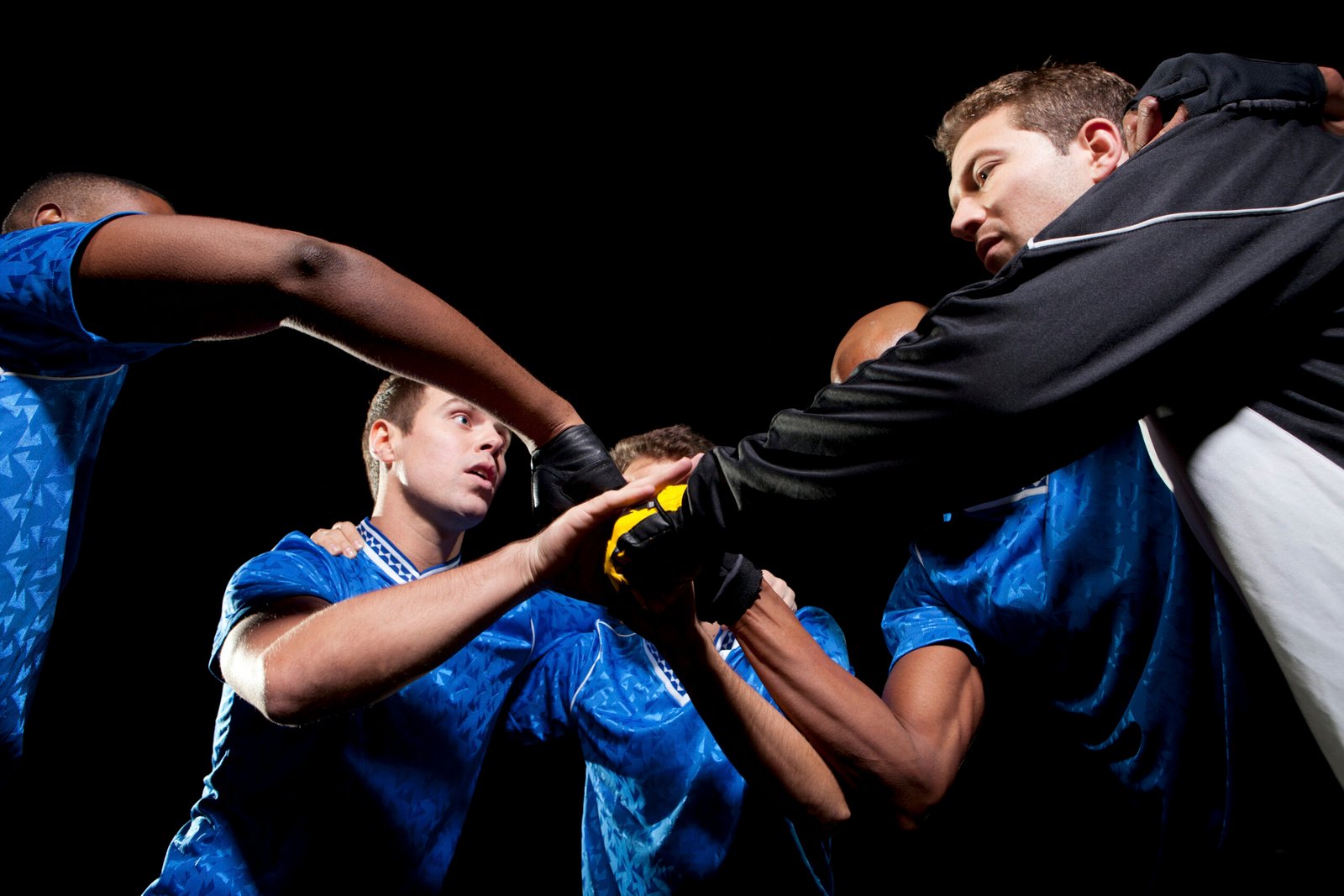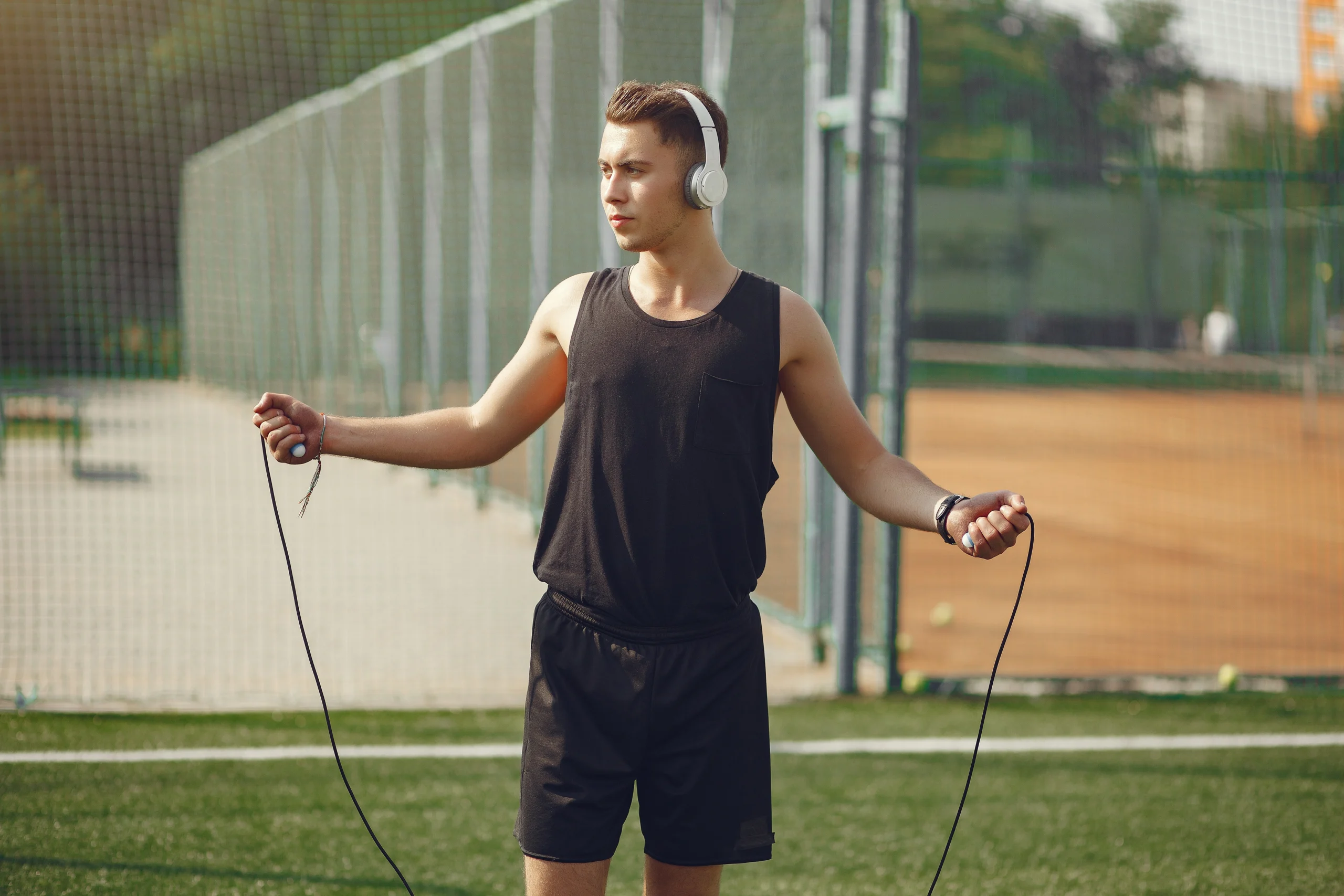Introduction
Peak success in athletics takes more than skill. It requires a strategy that focuses on sport-specific abilities and strengths. This is where sports-specific training comes in. Understanding sports-specific training may transform your performance as an athlete, fitness enthusiast, or coach. This blog will discuss how this specialized training method may improve athletic performance, including tips, tactics, and real-world examples to inspire and assist your fitness path.
Read more about the Sports specific weight training.
The Evolution of Athlete Training
Athletic training has changed—early methods focused on fitness above athletics. As sports science evolved, athletes understood they needed specific training.
When coaches and trainers understood the need to go beyond regular exercises, they switched to sports-specific training. This novel approach promotes sports skills. Basketball players concentrate on agility and vertical jumping, whereas sprinters focus on explosive power and acceleration.
Current athlete training emphasizes sports performance. Sport-specific training helps athletes develop, prevent injuries, and perform well.
Understanding Sports-Specific Training
Sports-specific training improves athletes’ physical and mental abilities. This technique simulates real-game situations to prepare players for the demands.
Sports-specific training must include skill improvement. Game-like drills and routines help players improve technique and decision-making under pressure. Real-game training boosts confidence and mental resilience.
Muscle memory matters, too. After training, athletes do some tasks automatically. This natural response improves performance and reduces injury risk in intense sports.
Benefits of Sports-Specific Training
Sports-specific training provides benefits beyond regular activities. It improves performance by targeting sport-specific muscles, movements, and skills. This strategy improves athletes’ strengths and weaknesses to optimize their potential.
Sports training also reduces injury risk. Through sport-specific training, athletes prevent strains, sprains, and other ailments. Proper form and technique keep athletes safe and efficient.
Sports-specific training boosts athleticism. Speed, agility, balance, and coordination exercises make players multi-talented athletes. This complete strategy promotes development and success.
Developing a Sports-Specific Training Plan
Sports-specific training plans must incorporate individual objectives, capabilities, and shortcomings. They start with a comprehensive evaluation of an athlete’s skills and weaknesses.
After the examination, trainers may create a customized program based on the athlete’s objectives and sport. The workout should combine weight training, cardio, skill development, and flexibility.
Progress must be assessed and adjusted regularly to avoid plateaus. Athletes may remain on track and exceed their limits by evaluating performance and making adjustments.
Critical Components of a Successful Training Program
An effective sports-specific training program has many essential components. Specifying training and activities that fit athletic needs is critical. This alignment is needed to transfer training to competition.
Progress matters, too. Athletes should increase training intensity, length, and complexity to push their bodies and brains: overload adaptation and growth boost performance.
Rest and recovery are crucial. Inter-workout rest reduces overuse and burnout. Recovery aids athletic training.
Incorporating Cross-Training for Balanced Performance
Cross-training improves fitness and prevents imbalances, whereas sports-specific training focuses on developing specific abilities. Swimming, cycling, and yoga enhance endurance, flexibility, and muscular strength.
Cross-training allows mental breaks from typical exercises, minimizing fatigue and improving well-being. Diverse activities keep athletes motivated and excited about training.
Cross-training also prevents injuries by dispersing tension among muscle groups. This balanced strategy keeps players robust and ready for athletics.
The Role of Nutrition in Sports Performance
Nutrition is crucial to athletic performance. A healthy diet delivers nutrition, energy, and water for strenuous exercise and recovery.
Athletes should eat lean proteins, entire grains, fruits, vegetables, and healthy fats. Hydration is essential since even minor dehydration impairs performance and focus.
Nutrition is time-sensitive. Pre-, during, and post-workout nutrition boosts energy, endurance, and recovery. Individualized feeding plans are crucial.
The Mental Edge in Sports-Specific Training
Sports-specific training includes mental preparedness. A strong attitude is essential for athletes to perform well under pressure and stay focused.
Visualization may help athletes practice their moves and strategy, enhancing confidence and minimizing nervousness. Imagined achievement and conquering obstacles boost mental strength.
Goal-setting is also effective. SMART objectives help athletes monitor their development and stay motivated. Clear goals give training and competition meaning.
Overcoming Common Training Challenges
All athletes struggle with training. Growth requires overcoming motivation, injuries, and performance plateaus.
They appreciate little wins and enjoy the process drives. Positive thinking and short-term objectives may help athletes train.
Injury prevention and treatment need patience and discipline. Listen to your body, get guidance, and rest, athletes.
Overcoming plateaus requires creativity and talent. New workouts, volume modifications, and good coaches may improve players.
Real-Life Success Stories
Sports-specific training has helped several athletes achieve extraordinary outcomes. Whether Olympic winners or neighborhood heroes, their tales inspire others to succeed.
Michael Phelps, the most decorated Olympian, is an example. He did swim-specific exercises, strength training, and cross-training, such as cycling and weightlifting.
Phelps’s careful training and relentless commitment helped him smash records and create new swimming standards.
Finding the Right Coach or Trainer
Athletes who want to achieve in s-st must choose the correct coach. A good coach can guide, assist, and advise to maximize an athlete’s potential.
Choose a coach based on credentials, track record, and fit with the athlete’s ideals. Coaches should be skilled communicators and can customize training programs.
Strong coach-athlete relationships build trust and open communication, helping players overcome obstacles and reach their potential.
The Importance of Goal-oriented Training
Goal-oriented training is typical for sports development. Short- and long-term objectives guide and hold you accountable. Goal-oriented athletes should evaluate their training.
Technology is crucial for training. Fitness and heart rate monitors track performance and recovery. Data helps athletes choose training intensity and volume for optimum adaptation.
Physiotherapists, dietitians, and mental trainers assist athletes. This relationship improves athletes’ performance and well-being beyond training.
Finally, routines may boost athletic performance—nutrition and practice discipline athletes. Familiarity boosts resilience and competition.
Conclusion
Sports-specific training maximizes performance. Customizing training for each activity allows players to develop, reduce injury risk, and succeed long-term.
The results of sst may impress athletes, fitness enthusiasts, and coaches. Excellence requires dedication, tenacity, and flexibility.
For further information, speak with expert coaches and trainers specializing in sports-specific training. Their advice may help you design a personalized plan that fits your goals.
sports-specific





